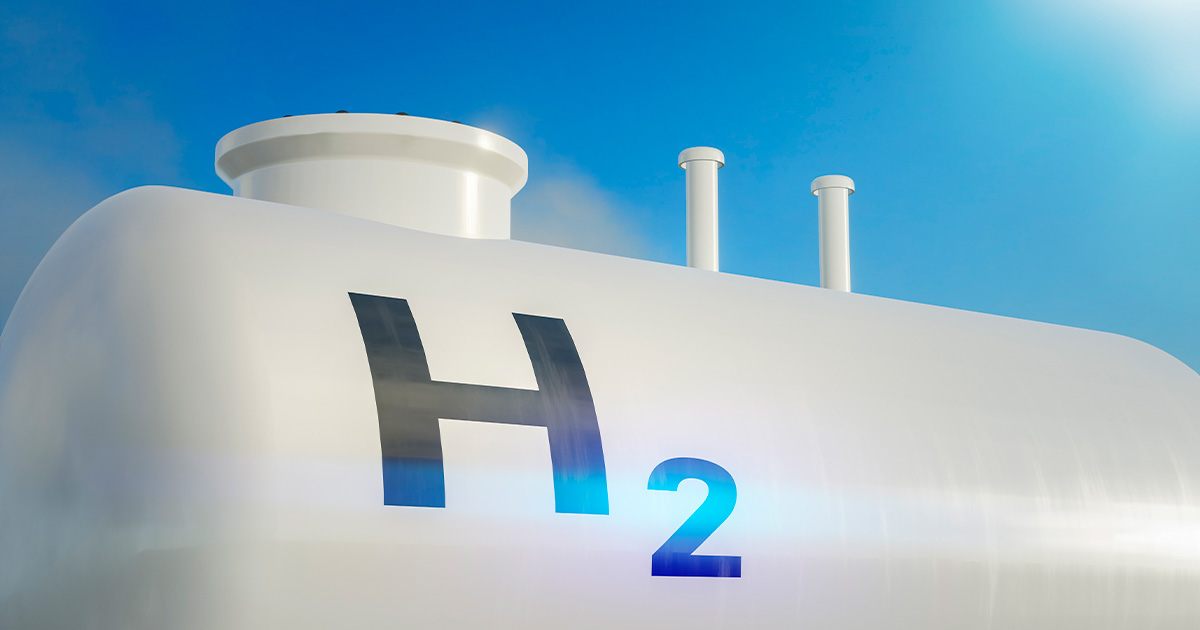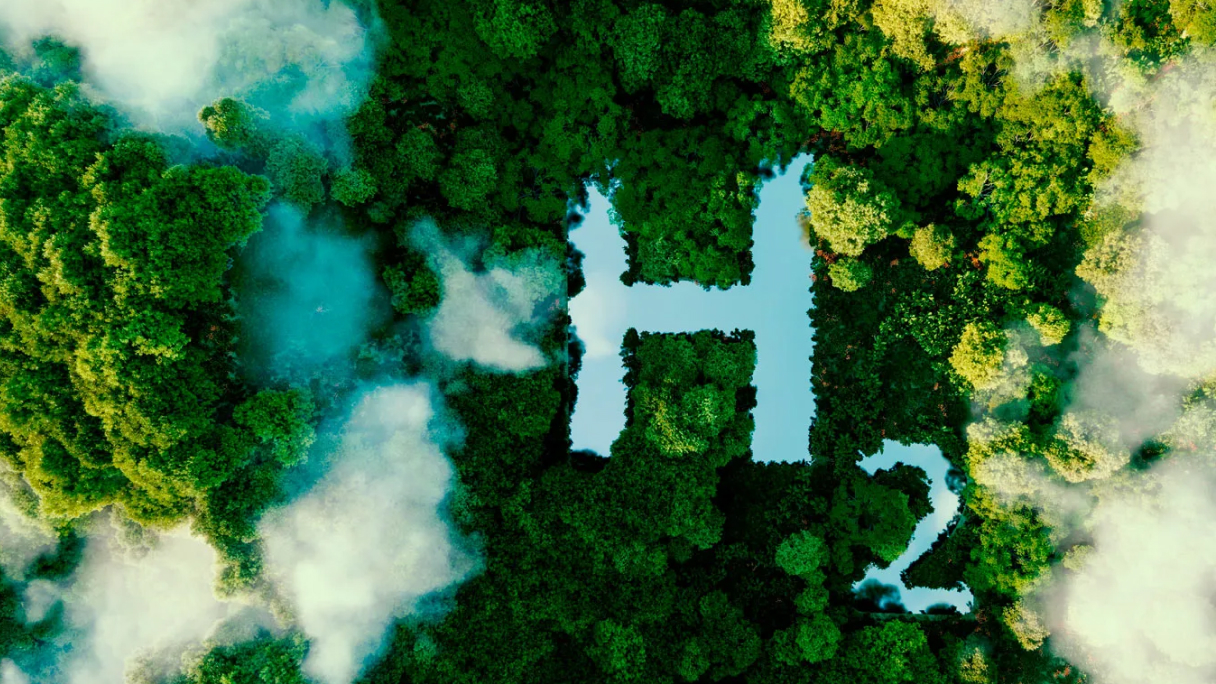Bill 3027/2024 is pending presidential approval and aims to (re)introduce the Low Carbon Emission Hydrogen Development Program (PHBC) into Law No. 14.948/2024, which established the Hydrogen Legal Framework in Brazil.
The purpose of this article is to detail all the provisions introduced by this bill. How will the tax credits be granted? Who will be eligible to access them? What will be the total amount available? How will the allocation process work, through competitive bidding? Will regulatory oversight be required?
Let’s address these points one by one, or rather, article by article.
What are the Objectives of the Low Carbon Emission Development Program?
Article 2 of Bill 3027/2024 specifies the objectives of the PHBC, which are essential for understanding the scope and ambition of this program. The first objective, outlined in subsection I, is the development of both low-carbon emission hydrogen and renewable hydrogen. This dual focus is critical as it acknowledges the importance of diversifying hydrogen sources to ensure not only emission reduction but also the resilience and sustainability of energy supply. Renewable hydrogen, produced from energy sources such as solar, wind, or hydropower, is considered the cleanest option, aligning with the subcategory of green hydrogen established under Law No. 14.948/2024.
The second objective, outlined in subsection II, is to support actions in favor of the energy transition. This involves supporting a wide range of activities, from research and development to the creation of appropriate infrastructure for the production, transportation, and storage of hydrogen. This support can be considered, beyond the establishment of subsidies, also as institutional support, aiming to create a regulatory and business environment that encourages innovation and the adoption of new technologies.
Subsection III of Article 2 focuses on the importance of setting clear targets for the development of the domestic low-carbon emission hydrogen market. Subsection IV emphasizes the application of incentives for decarbonization in hard-to-abate industrial sectors, such as the fertilizer, steel, cement, chemical, and petrochemical industries. These sectors are traditionally considered hard-to-abate due to their reliance on chemical and physical processes that result in high carbon emissions. Using low-carbon emission hydrogen as an alternative energy source in these sectors represents an innovative approach, and, in this sense, the regulatory agency may use this aspect as a criterion for offering subsidies.
Finally, subsection V promotes the use of low-carbon emission hydrogen in heavy transportation. This segment of the transportation sector, which includes long-distance trucks, buses, and ships, is one of the most challenging to decarbonize due to the energy density required to operate these vehicles for extended periods without refueling. Hydrogen, with its high energy density and fast refueling capabilities, offers a potentially transformative solution to reduce carbon emissions in this sector.
What Kind of Benefit Does the Low Carbon Emission Development Program Establish?
Article 3 of the legislation provides for the granting of tax credits for the commercialization of this fuel and its derivatives produced within the national territory. This provision aims to mitigate initial costs and reduce the price gap between low-carbon emission hydrogen and conventional fossil fuels, thus facilitating the adoption and development of the hydrogen market in the country.
The tax credit mechanism, as detailed in § 1, is defined as a percentage that can reach up to 100% of the difference between the estimated price of low-carbon emission hydrogen and the estimated price of substitute goods. This percentage is a fundamental element for encouraging the production and commercialization of hydrogen, as it directly impacts price competitiveness, making hydrogen a more attractive option for consumers and industries. By potentially covering the entire cost difference, the tax credit ensures that the price of low-carbon emission hydrogen becomes comparable or even more competitive relative to traditional fuels, promoting a faster transition to clean energy sources.
Who Will Be Eligible for Tax Credit Grants?
§ 4 of Article 3 details the eligibility criteria for granting tax credits.
The first requirement, as provided in subsection I, is the contribution to regional development. This criterion emphasizes the importance of promoting balanced and inclusive economic growth across all regions of Brazil. By encouraging projects that contribute to regional development, the legislation aims to ensure that the benefits of economic growth associated with the energy transition are widely distributed, favoring less developed regions and promoting regional equity. This may also include incentives for projects located in areas with less developed infrastructure, where the economic impact of new initiatives can be more significant.
Subsection II establishes that projects must demonstrate a contribution to climate change mitigation and adaptation measures. This requirement aligns with Brazil’s international commitments to reduce greenhouse gas (GHG) emissions and address the challenges of climate change.
Subsection III focuses on encouraging technological development and dissemination. By promoting projects that drive the development of new technologies and their dissemination in the market, the bill seeks to strengthen Brazil’s technological base. Furthermore, promoting technological development contributes to creating a favorable environment for innovation, attracting investments, talent, and new business opportunities.
Lastly, subsection IV highlights the importance of contributing to the diversification of the Brazilian industrial sector. This requirement seeks to encourage projects that help diversify the country’s industrial base. By promoting diversification, the bill aims to reduce dependence on traditional industrial sectors, foster the creation of new industrial segments based on clean and sustainable technologies, and thus increase Brazil’s economic resilience and global competitiveness.
What Will Be the Limits on the Amounts of Tax Credits?
§ 1 of Article 4 details the annual global limits for tax credits that may be granted between 2028 and 2032, setting specific amounts for each calendar year: R$ 1.7 billion for 2028, R$ 2.9 billion for 2029, R$ 4.2 billion for 2030, R$ 4.5 billion for 2031, and finally, R$ 5 billion for 2032. This gradual escalation reflects a progressive approach, allowing for a gradual expansion of the program as the low-carbon emission hydrogen infrastructure develops and the market matures.
The subsequent sections of the article detail the flexibility and regulatory aspects of the credit allocation, ensuring that the program is aligned with Brazil’s fiscal goals and economic development.
Conclusion
Bill 3027/2024 represents a significant step forward in the development of the low-carbon emission hydrogen market in Brazil, aligning with the country’s decarbonization goals and energy transition strategy. The granting of tax credits, tied to specific criteria, not only encourages the production and consumption of this clean fuel but also promotes technological innovation and industrial diversification. With the gradual implementation and continuous monitoring of fiscal benefits, the program aims to create a competitive and sustainable environment that favors the adoption of hydrogen in strategic sectors.


